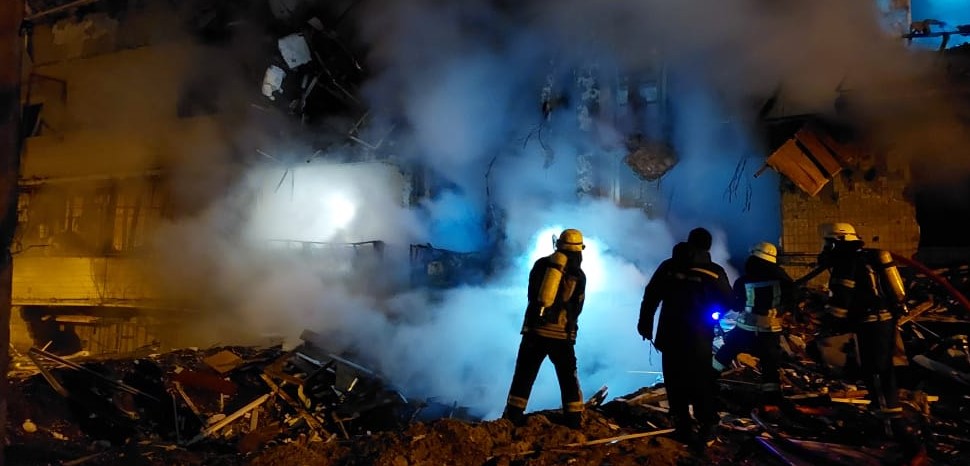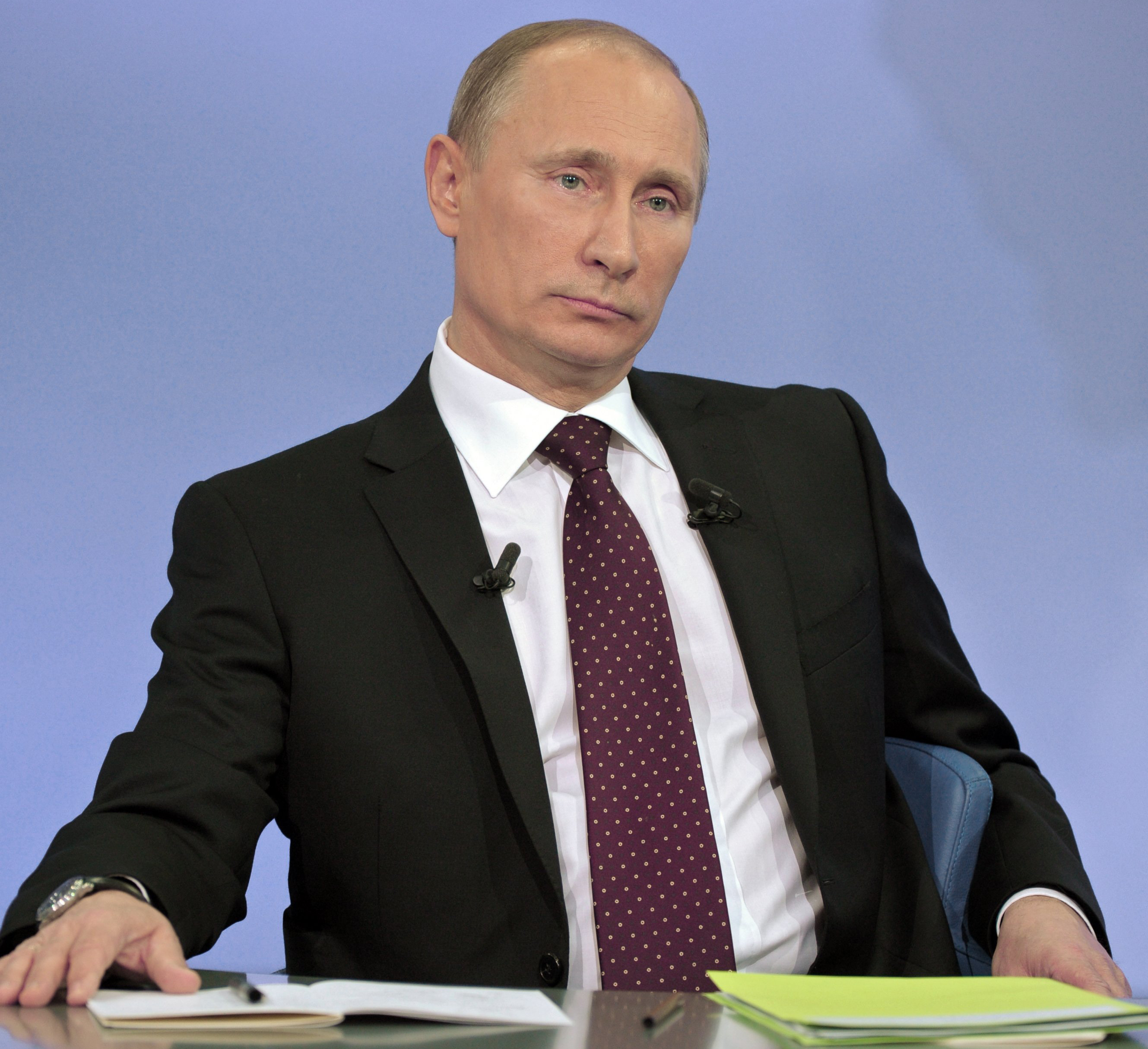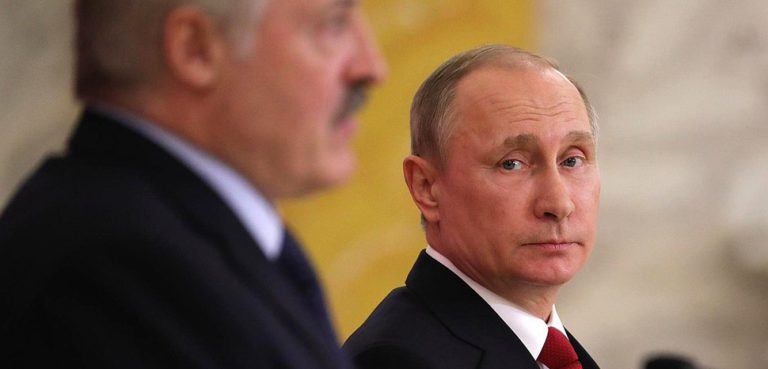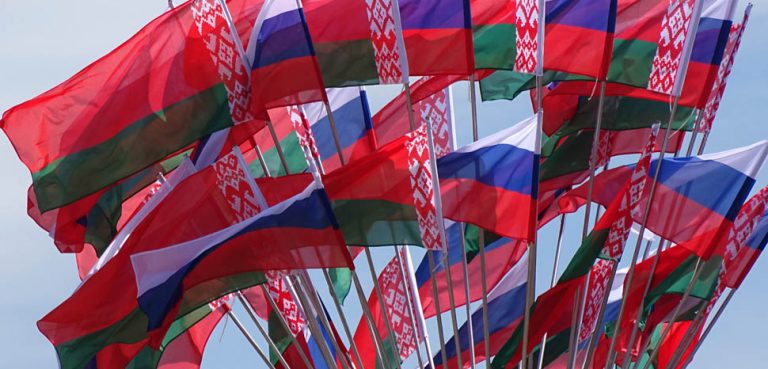Numerous military experts no longer give the Russian army much of a chance to defeat Ukraine. Western intelligence agencies and politicians even hold out the prospect of victory on the field for the Ukrainian forces over Moscow’s troops.
The reasons are well-known: The Russian army shows itself largely outdated in strategy and weapon power, the soldiers are unmotivated, and supply lines function only to a limited extent. Efficient interaction between the different branches of the armed forces is lacking, the air superiority of the Russian air force is only partial, and the guerrilla-style tactics of the Ukrainians inflict have inflicted heavy losses with shoulder-fired anti-tank and anti-aircraft missiles. Pentagon and British intelligence suggest that the Russian army is quite close to combat incapacity and will fail without a general mobilization.
These observations are certainly correct, but they leave one thing out of the account. With the Donbas offensive, the Ukraine war has changed and Russia has also significantly corrected its original strategy. As in the war in Syria, Moscow is now breaking down opposing forces in Ukraine into bite-sized morsels. At that time, this meant that Russia converted jihadist enclaves such as Dumayr or Eastern Ghouta into “de-escalation zones” from which attacks on the Syrian army were no longer permitted. From that point on, the Syrian army and its Russian supporters no longer had to fight numerous targets simultaneously, but gradually lifted the de-escalation zones and eliminated them one by one. In the ongoing war against Ukraine, Russia – having withdrawn from northeastern Ukraine – is now focusing on the Donbas, largely content for now to hold the territories it captured in the south.
The Russian army is also now applying the strategy via which Moscow traditionally sees its particular strength, and which was also implemented in Syria: the use of the infamous barrel bombs. Director of the Air Defense Forces Museum Yuri Knutov puts this strategy in a simple formula: to bite – to crush – to move on.
This is because, as in Khan Shaykhun or Mariupol, the fighting in the Dombass takes place in a relatively densely populated or urban area. For at least six years, the Ukrainian army has been able to dig positions and turn places into fortresses. That is why the Donbas offensive is not about a quick success. Ukrainian fortifications are being weakened in preparation for an attack. Shortly before complete encirclement, the Ukrainian soldiers retreat to the next line of defense, where they in turn try to hold off the Russian troops as long as possible.
In addition, Moscow is trying to build two pincer attacks. An outer pincer is currently making little headway east of Slovyansk and Kramatorsk, while an inner pincer is emerging near Severodonesk and Lysichansk. Here, the Russian army has already managed to reach the outskirts of Severodonesk, and a bridgehead near Popasna is pushing toward Bakhmut and Lysichansk. Within this area, the Deputy Interior Minister of the “Luhansk People’s Republic” (LPR) told Channel One that he suspects up to 16,000 Ukrainian soldiers. The number of Ukrainian defenders in Severodonesk alone was put by the Commander-in-Chief of the Ukrainian Armed Forces, Valery Zaluzhny, at about 2,000 men.
Thus, on the whole, the assessment of Western experts is to be followed that Russia will lack the strength to completely take Ukraine under the current circumstances and that it will be difficult for Russia to permanently hold even previously conquered territories. Nevertheless, the slow progress of the Russian army should currently not be interpreted as a sign of pure weakness, but rather as part of the strategy that Moscow has been implementing since the beginning of the Donbas offensive and has not been the determining factor in time. This will change in the Donbas only when a new phase of the war requires it.
The views expressed in this article belong to the authors alone and do not necessarily reflect those of Geopoliticalmonitor.com




